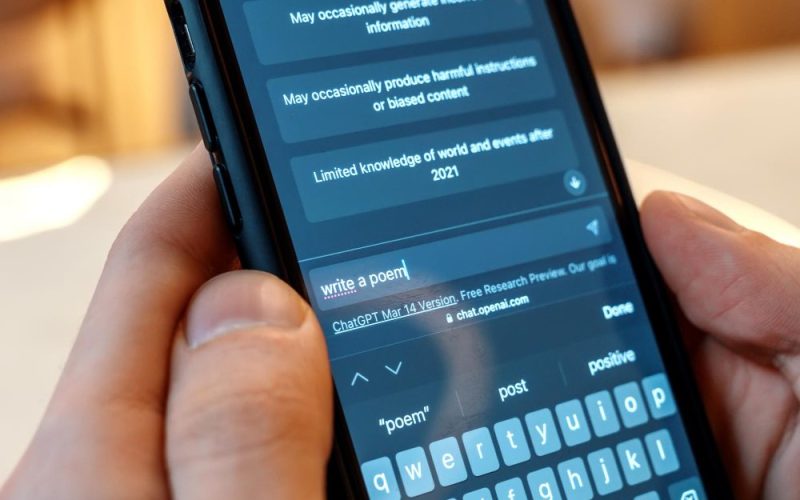The Question: Is Web Design Dead?
In a world where websites sometimes feel like templates and DIY builders flood the market, it’s easy to ask: is web design dead? With platforms like Wix, Squarespace, and Shopify offering quick drag-and-drop solutions, many wonder if the traditional craft of custom web design is still necessary.
The simple answer? Web design is far from dead. It’s evolving — becoming more sophisticated, user-focused, and integrated with other digital tools. Good web design remains a critical factor in how businesses present themselves online.
How Technology Has Changed Web Design
The rise of user-friendly website builders has changed how many approach creating a website. Small businesses and startups can now launch sites quickly and affordably. However, these tools often come with limitations in customisation, performance, and branding uniqueness.
At the same time, new technologies like Progressive Web Apps (PWAs), responsive frameworks, and AI-powered design tools are pushing web design into new frontiers. Designers now focus not only on aesthetics but on functionality, accessibility, speed, and user experience across multiple devices.
Why Custom Web Design Still Matters
Despite these advancements, custom web design continues to play a vital role, especially for businesses that want to stand out. Here’s why:
- Unique Branding: Custom design allows your website to reflect your brand identity fully and creatively.
- Better Performance: Tailored code and design mean faster load times and smoother interactions.
- SEO Optimisation: Professional web designers know how to build sites that rank well in search engines.
- User Experience: A well-designed website guides visitors effortlessly, increasing engagement and conversions.
- Scalability: Custom sites grow with your business, adapting to new needs and technologies.
Cookie-cutter templates cannot provide this level of detail and care.
The Role of Web Designers Today
Modern web designers are not just visual artists—they’re strategists, UX experts, and developers. They combine design principles with data analytics, user psychology, and technical skills to create websites that perform.
Designers also focus on accessibility, ensuring websites are usable by everyone, including people with disabilities. This inclusivity is not only ethical but often a legal requirement.
Trends Shaping the Future of Web Design
Looking ahead, several trends show how web design is evolving rather than dying:
- Mobile-First Design: Prioritising the mobile experience as most users browse on phones.
- Minimalism and Speed: Clean designs that load fast and reduce distractions.
- Voice Search Integration: Designing for users who interact via voice assistants.
- Personalisation: Tailoring website content based on user behaviour and preferences.
- AI and Automation: Using AI tools to streamline design processes and enhance UX.
These trends ensure web design stays fresh, relevant, and essential.
How InfaCloud Can Help You Stay Ahead
At InfaCloud, we believe that effective web design is a blend of creativity, strategy, and technology. We work closely with clients to build websites that not only look great but deliver results.
Whether you want a fully custom site or help enhancing your existing one, our experts are here to guide you through the process.
Visit our website design services to learn more or get in touch today.
Conclusion: Web Design Is Alive and Thriving
So, is web design dead? Absolutely not. It’s alive, thriving, and more important than ever in helping businesses build their online presence. While tools and technologies evolve, the need for thoughtful, user-centric design remains constant.
For a website that truly represents your brand and connects with your audience, professional web design is the way forward.




